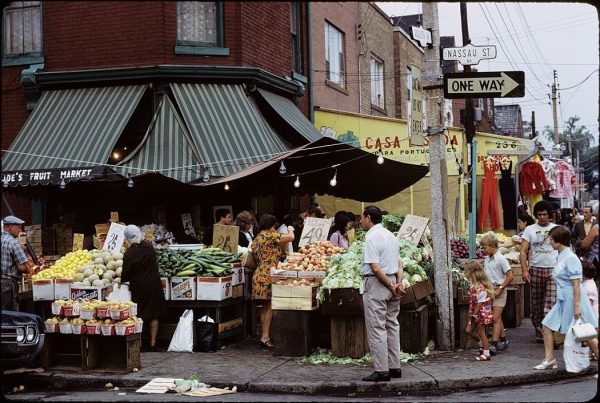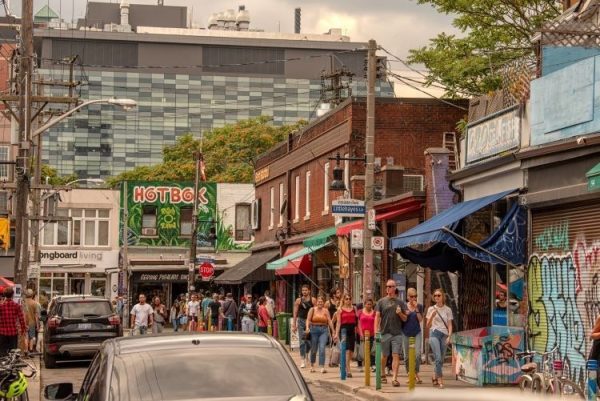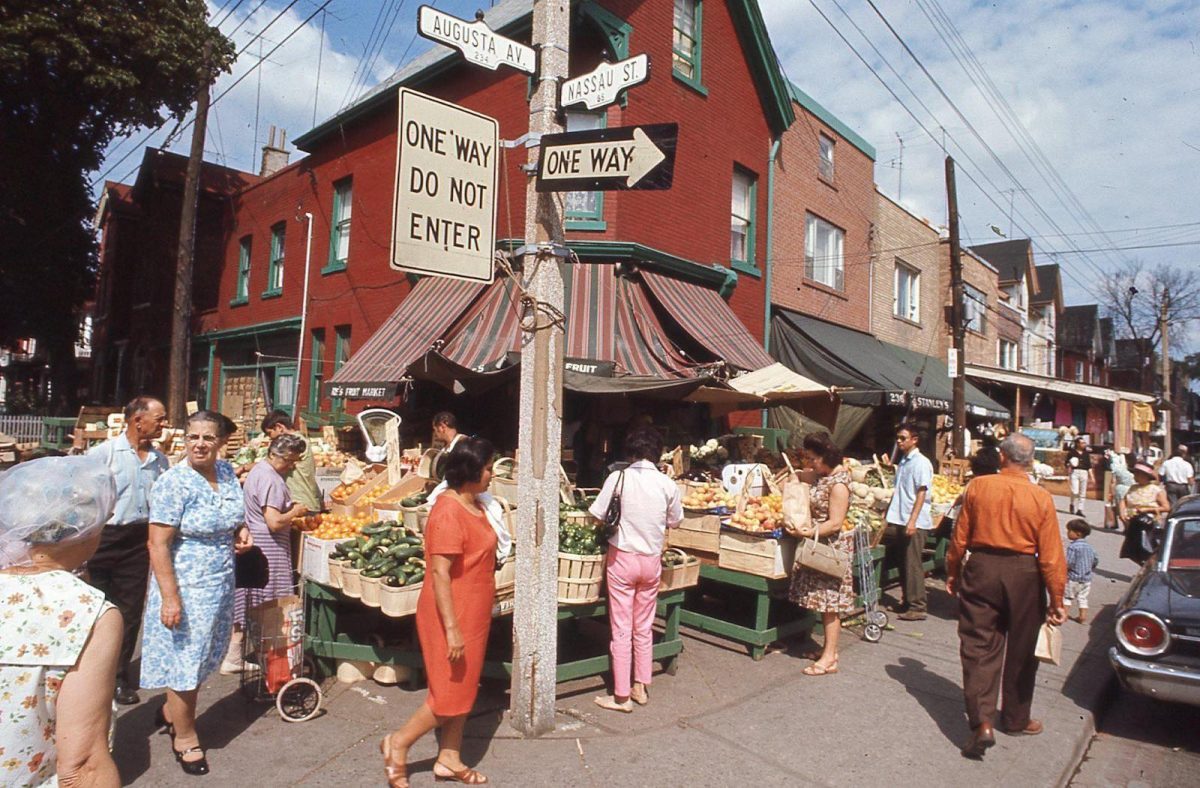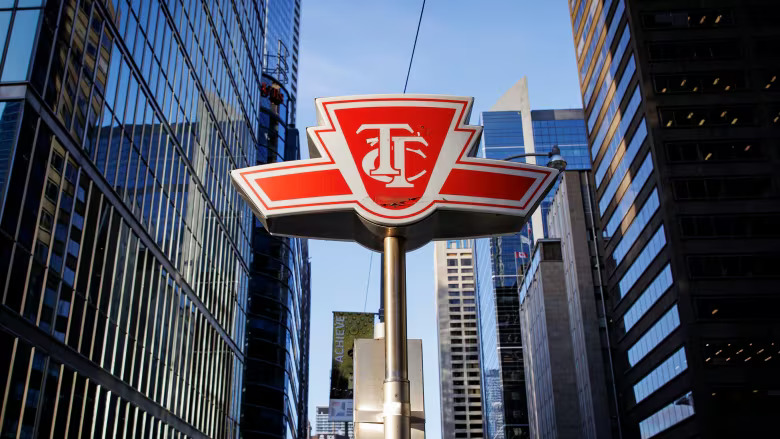Kensington Market has always been an important place for new immigrants arriving in Toronto. It is an artistic, pedestrian neighbourhood in downtown Toronto- one of the oldest and most well-known at that. It was developed in 1815, and today is known for its eclectic nature and variety of independently owned businesses.
Kensington has had all kinds of people settle within its borders over the years; it currently has an overwhelming Chinese population as it sits in the west end of Chinatown. In the early 1800s, Kensington Market was home to many Irish immigrants, as it has accessible, cheap prices and is in close proximity to businesses and working opportunities. This allowed Canada’s new arrivals to settle into our city comfortably.
Later, in the early 20th century, Kensington saw an influx of Jewish immigrants. The Jewish community is largely credited with allowing the ‘market’ aspect of Kensington to thrive, as many Jewish people added storefronts and converted their homes into shops- effectively turning Kensington, previously a domestic area, into a working market. This is why a lot of stores in Kensington Market, even today, are converted homes.
Post-WW2, much of the Jewish community relocated, making room for new immigrants to enter a neighbourhood that now had the infrastructure for commercial purposes already built and running. At this point Kensington Market had diversified- Italians, Hungarians, Puerto Ricans, Ukrainians, and other types of people moved into the neighbourhood. This round of immigrants also started running independently owned businesses. After them, Kensington had a large Portuguese population, who started their own businesses.

As made obvious by the previous examples, Kensington has always had an entrepreneurial, independent spirit throughout its history. It maintains this spirit today, as it serves as the Mom-and-Pop central of Toronto. In a very tangible way, much of Kensington Market has held on to its past. The market has swaths of vintage shops and thrift stores. Many Torontonians go to Kensington to shop for cultivated used clothing and vintage items as well as handcrafted clothes and jewelry. Though many of the restaurants are selling different things than their predecessors- Kensington has a variety of vegan and vegetarian options now- the independent spirit of the square is still strong.
However, within the past 5-6 years there has been a rapid gentrification happening within the city’s most vibrant and colorful areas- Kensington is hardly an exception. Property prices and rent have skyrocketed, making it difficult for small, independent businesses to remain open. Long-time residents are also facing increased pressure as their living costs rise, forcing many to relocate. Despite the fact that it has historically been a hub for small, family-owned businesses, there’s been a growing presence of larger, more commercial enterprises.
Chains and high-end boutiques are beginning to replace the older, quirkier stores. Genuine thrift stores are slowly being bought and replaced by high-end ‘vintage stores’. Local community spots are being gutted out in favour of international fast-food corporations. Additionally, the influx of wealthier residents has shifted the demographic makeup of the neighbourhood. As new residents with higher incomes move in, lower-income families and artists who once called Kensington home are being priced out. Ultimately, what used to be a local Toronto gem is becoming a hollowed-out tourist spot, and its transformation has been in the works for years.

There have been efforts to resist gentrification in Kensington Market. Local groups have pushed for policies that preserve affordable housing and support small businesses. Some residents and community groups have been advocating for measures like rent control and zoning laws that could slow down the pace of commercial development and protect the area’s independent spirit. Despite these efforts, the future of Kensington Market remains uncertain. The challenge Toronto is facing is finding a balance between welcoming development and preserving the unique culture and community that define the city. Kensington Market’s story is only a microcosm of the larger urban struggle over gentrification and the changing landscape of the GTA.








